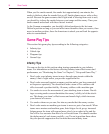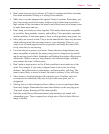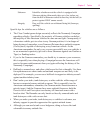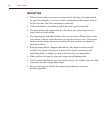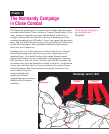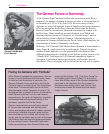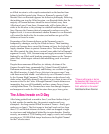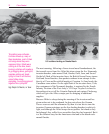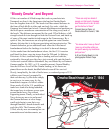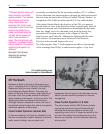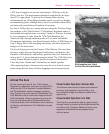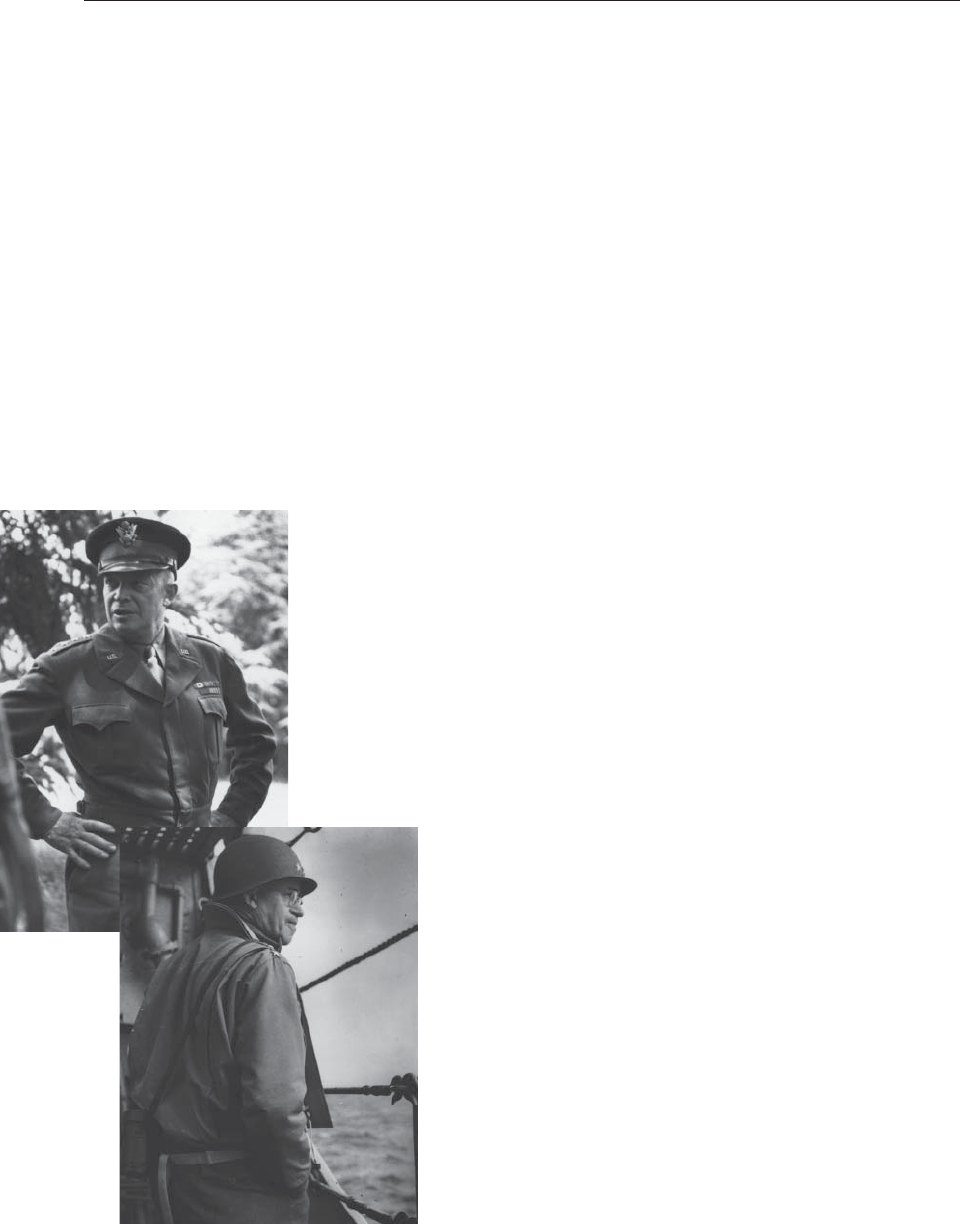
66
Close Combat
The Evolution of Operation Overlord
The Normandy Campaign is the end result of more than two-and-a-half
years of planning, training, and preparation. The initial invasion plan
that will eventually be called Operation Overlord is formulated before
the United States even enters the war. It is the brainchild of Major
Albert Wedemeyer, a war plans expert on the U.S. War Department
General Staff, who had attended the German Kriegesakademie (War
College), from which he graduated in 1938. This unique background
gives Wedemeyer a keen understanding of the German philosophy of
total war. His plan, aptly titled the “Victory Program,” calls for a
massive invasion of northwest Europe and a decisive confrontation with
the German army.
Wedemeyer submits his Victory Program on September 21, 1941.
Within three months, the Japanese attack on Pearl Harbor and German
Chancellor Adolf Hitler’s subsequent declaration of war forces the U.S.
entry into World War II. At the Anglo-American Arcadia conference,
held in Washington D.C. from December 22, 1941 to January 7, 1942,
U.S. President Franklin D. Roosevelt and his Chiefs of Staff make it
clear that, despite the Japanese aggression, they accept the principle of
“Germany first.” They believe that the German war machine represents
the greatest threat to the Allies (Britain, the U.S., and the U.S.S.R.), and
determine that the bulk of the U.S. Army will fight Germany and Italy,
while the task of combating Japan will be the primary responsibility of
the U.S. Navy.
In early 1942, Wedemeyer’s Victory Program finds a strong supporter
in General Dwight D. Eisenhower, who submits a revised version to
Chief of Staff General George C. Marshall on March 25. That same day,
Marshall presents the plan to Roosevelt, who decides that it should get
direct approval from British Prime Minister Winston Churchill and the
British military leadership. To win the British over,
Eisenhower redrafts the plan, proposing an invasion of the
French coast between Le Havre and Boulogne by 1.5 million
American and British troops on April 1, 1943. Marshall
submits the plan—now called the Marshall Memorandum—
to Churchill and his General Staff. On April 13, they commit
to the plan’s key concept, a full-scale invasion of western
Europe. Two months later, in Moscow, the Anglo-American
commitment is announced at a meeting of the Supreme
Soviet of the U.S.S.R., whose Premier, Josef Stalin, has
been pressing the U.S. and Britain for the creation of a
second front to relieve the Axis pressure on the besieged
Soviet Union.
U.S. General Omar Bradley
U.S. General
Dwight D. Eisenhower
“We must prepare to fight
Germany by . . . defeating her
ground forces and definitely
breaking her will to combat. . . .
adequate ground forces must
be available to close with and
destroy the enemy inside his
citadel.”
Maj. Albert Wedemeyer, in his
“Victory Program”



